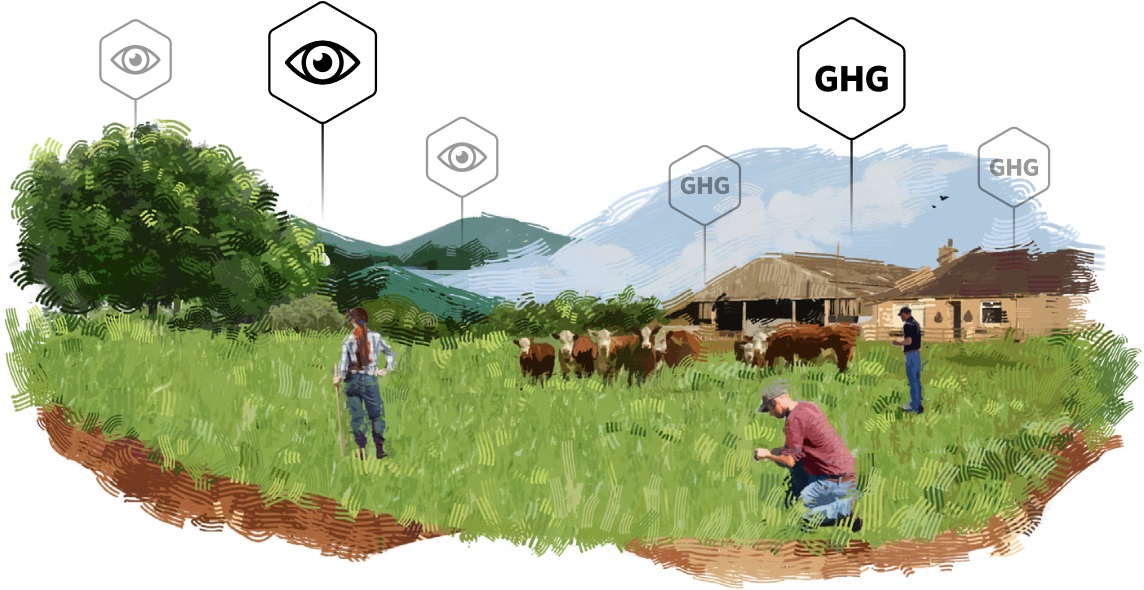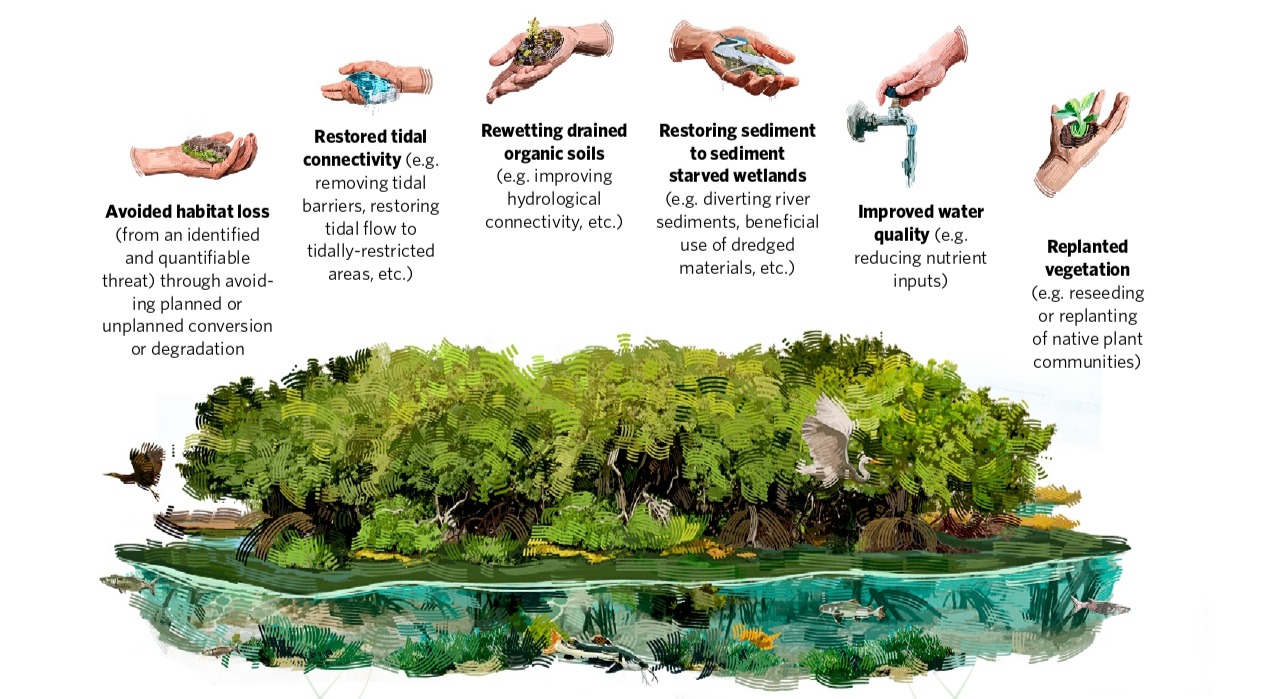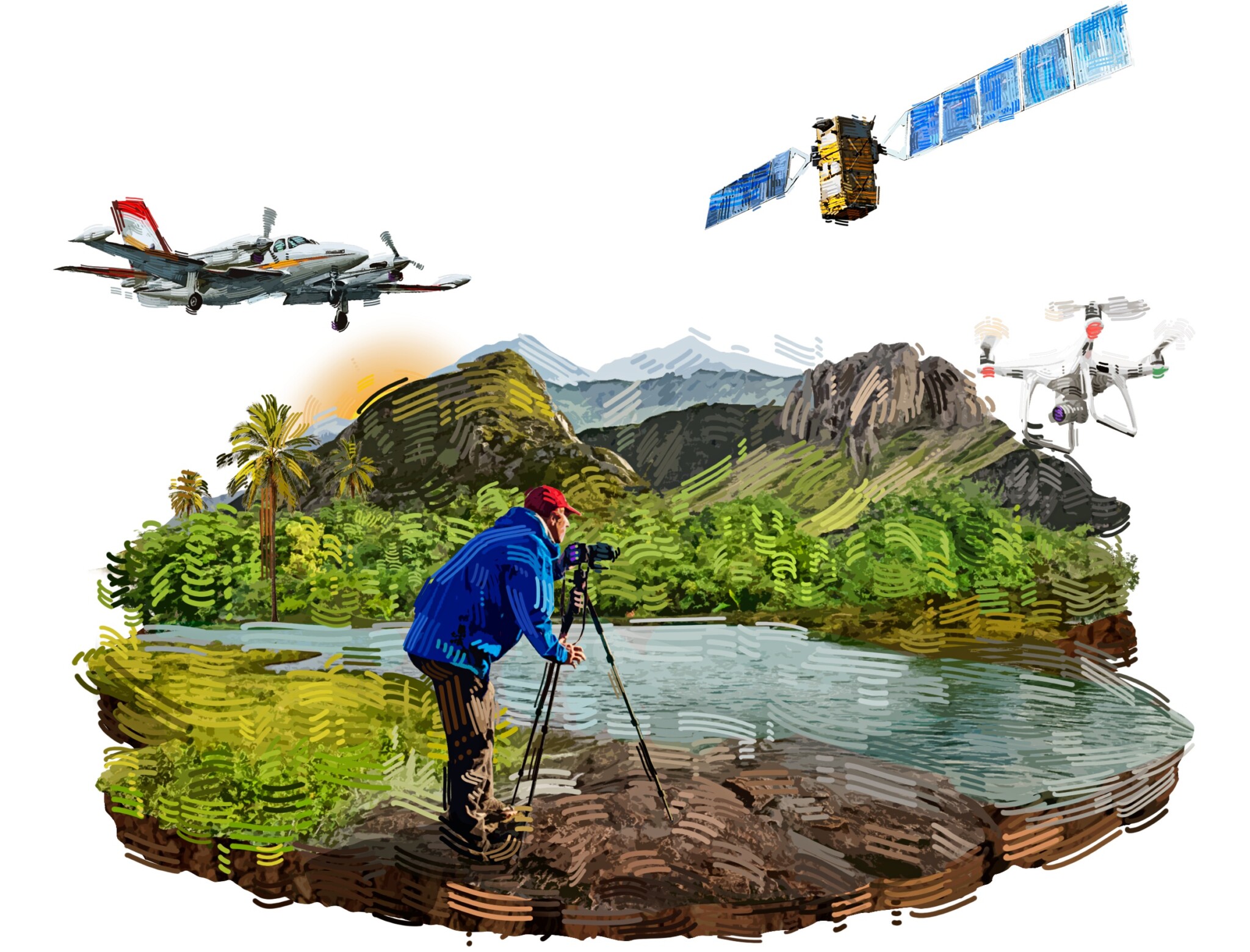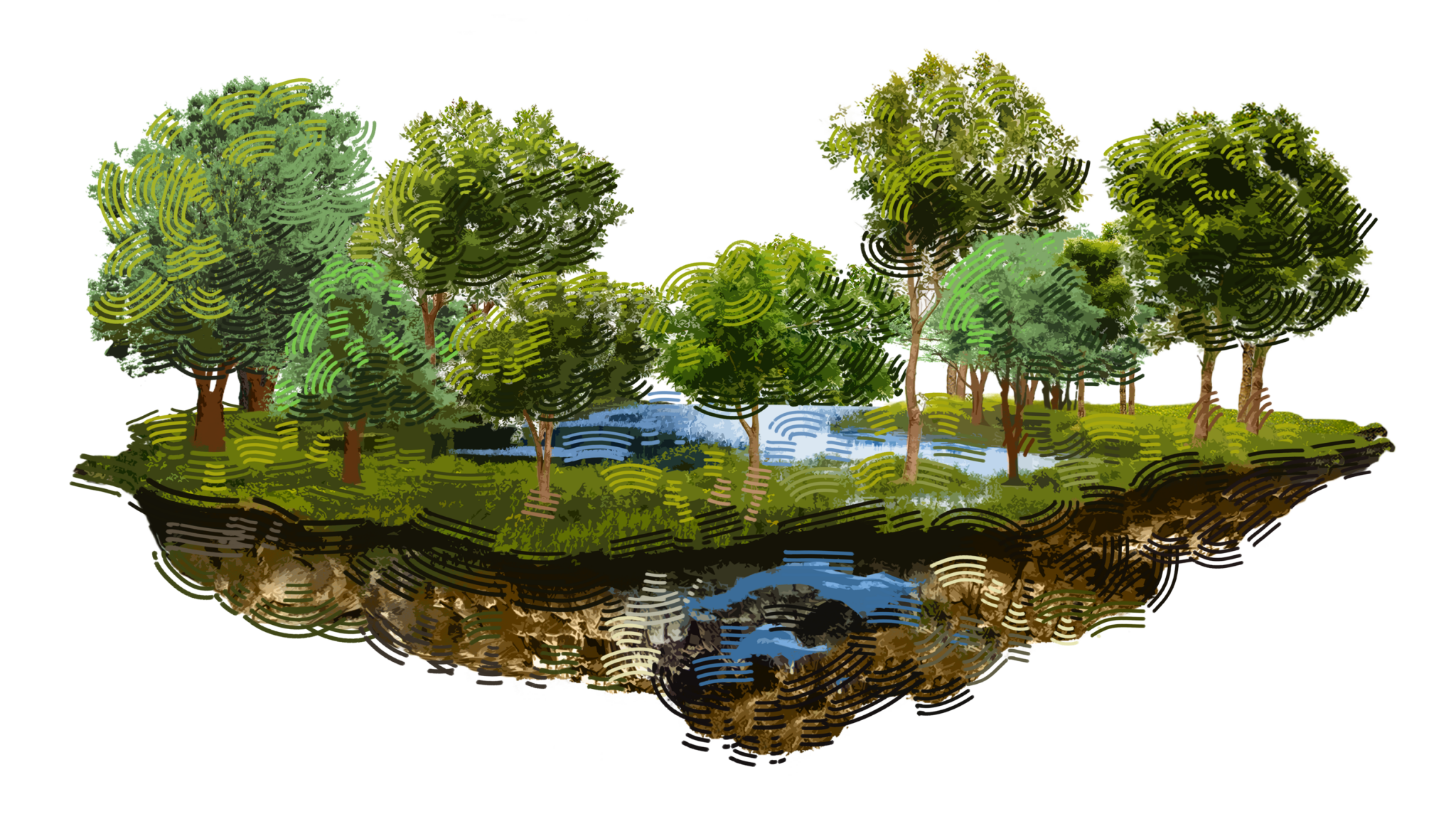
The Nature-Based Credit Science Decoder Series
Accounting methods that center scientific best practices are the backbone of high-quality carbon projects. However, while scientific advancements have markedly improved carbon accounting to date, the continuous evolution of practices can make it difficult for buyers to understand which practices are high-quality when purchasing credits.
The Nature-Based Credit Science Decoder Series, created by The Nature Conservancy, is a set of explainers on current scientific best practices and gaps for carbon projects developed within Natural Climate Solutions (NCS) pathways.
Read the latest publications below:
Decoder 1: Agricultural Land Management
This first Decoder provides an overview of the scientific approaches that Agricultural Land Management (ALM) projects apply and highlights the best practices among them. TNC covers the ways in which projects define their baselines, measure and quantify emission reductions and removals, estimate uncertainty, and monitor project activities and permanence. These best practices are then compared to ALM methodologies in the market today. With this summary, buyers of high-quality carbon credits can better evaluate whether projects are effectively deploying rigorous scientific tools and approaches. They can also identify priority areas for research investment.
>>DOWNLOAD
Decoder 2: Blue Carbon
This second guide provides an overview of how high-quality Blue Carbon projects apply the latest scientific advancements and tools to create projects with high integrity in their definition of baseline scenarios, measurement and quantification of emissions reductions and removals, estimation of uncertainty, and monitoring of project activities and permanence. With this summary, buyers of high-quality carbon credits can better evaluate whether projects are effectively deploying rigorous scientific tools and approaches.
>>This report is available for download in English, Chinese, French, Spanish, Portuguese, Hindi, Bahasa, and Swahili.
Decoder 3: Remote Sensing
This third guide provides an overview of the latest scientific advancements in remote sensing technologies and their applications to Natural Climate Solutions (NCS) project initiation, baseline assessment, and impact monitoring. It discusses various concepts, platforms, tools, and data sources to help buyers of high-quality carbon credits evaluate the rigor of carbon market service providers, such as ratings agencies and third-party monitoring services. It also serves as a valuable resource for assessing whether carbon market tools and projects are effectively deploying scientifically sound methodologies and approaches.
>>DOWNLOAD
Decoder 4: Improved Forest Management
This fourth guide focuses on quality in Improved Forest Management project accounting. Buyers can use this piece to better understand quantitative approaches underlying IFM credit calculations, laying out best practices to ensure durability, additionality, and GHG quantification. Finally, though many robust practices already exist, the guide outlines opportunities for future improvement.



